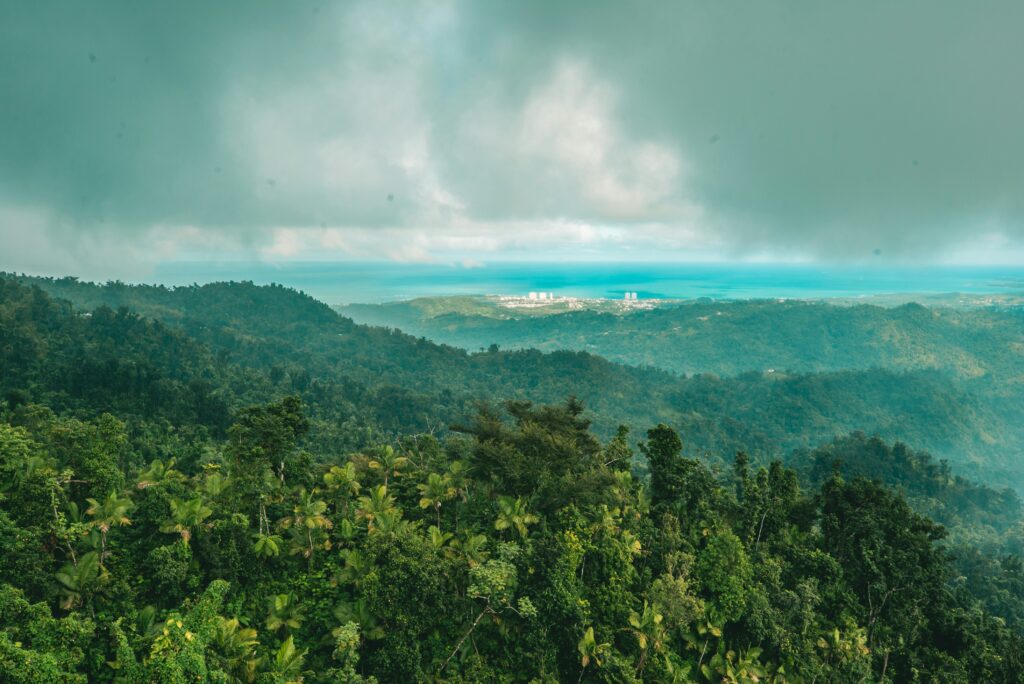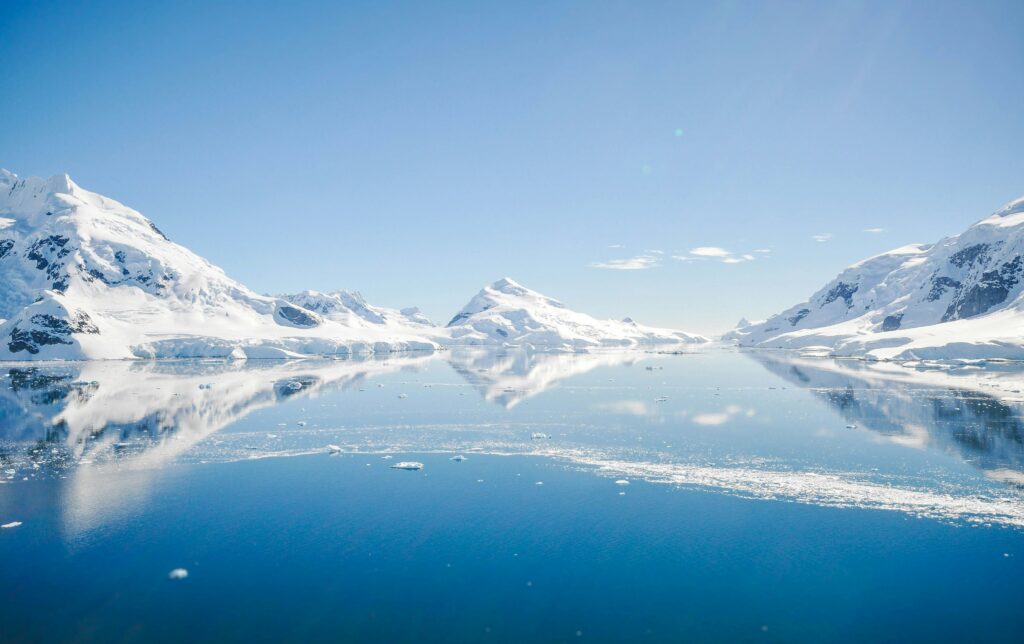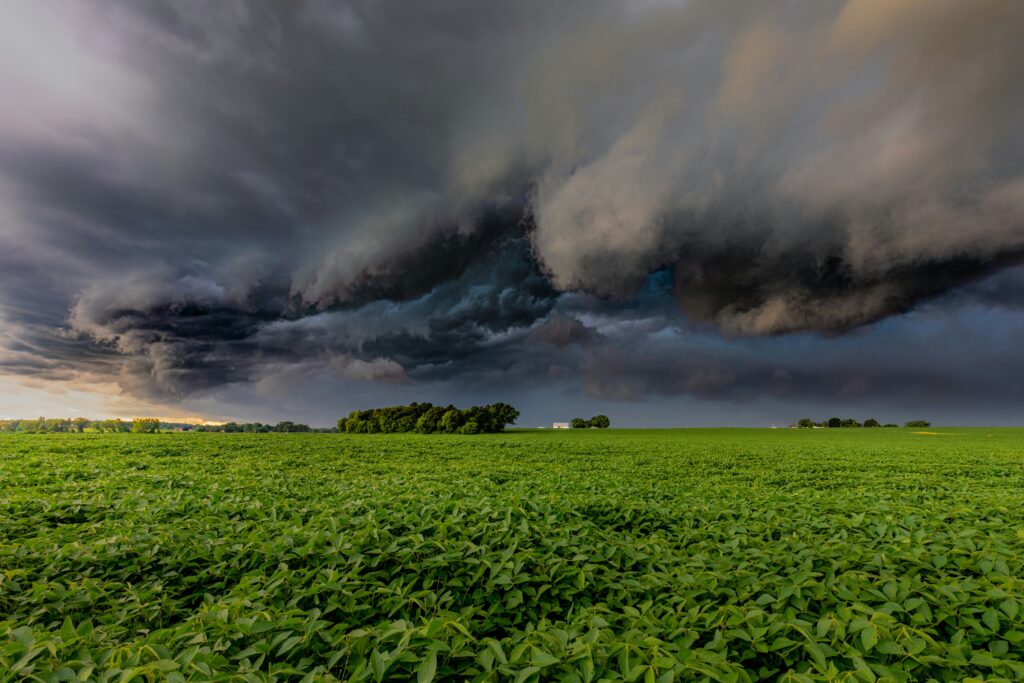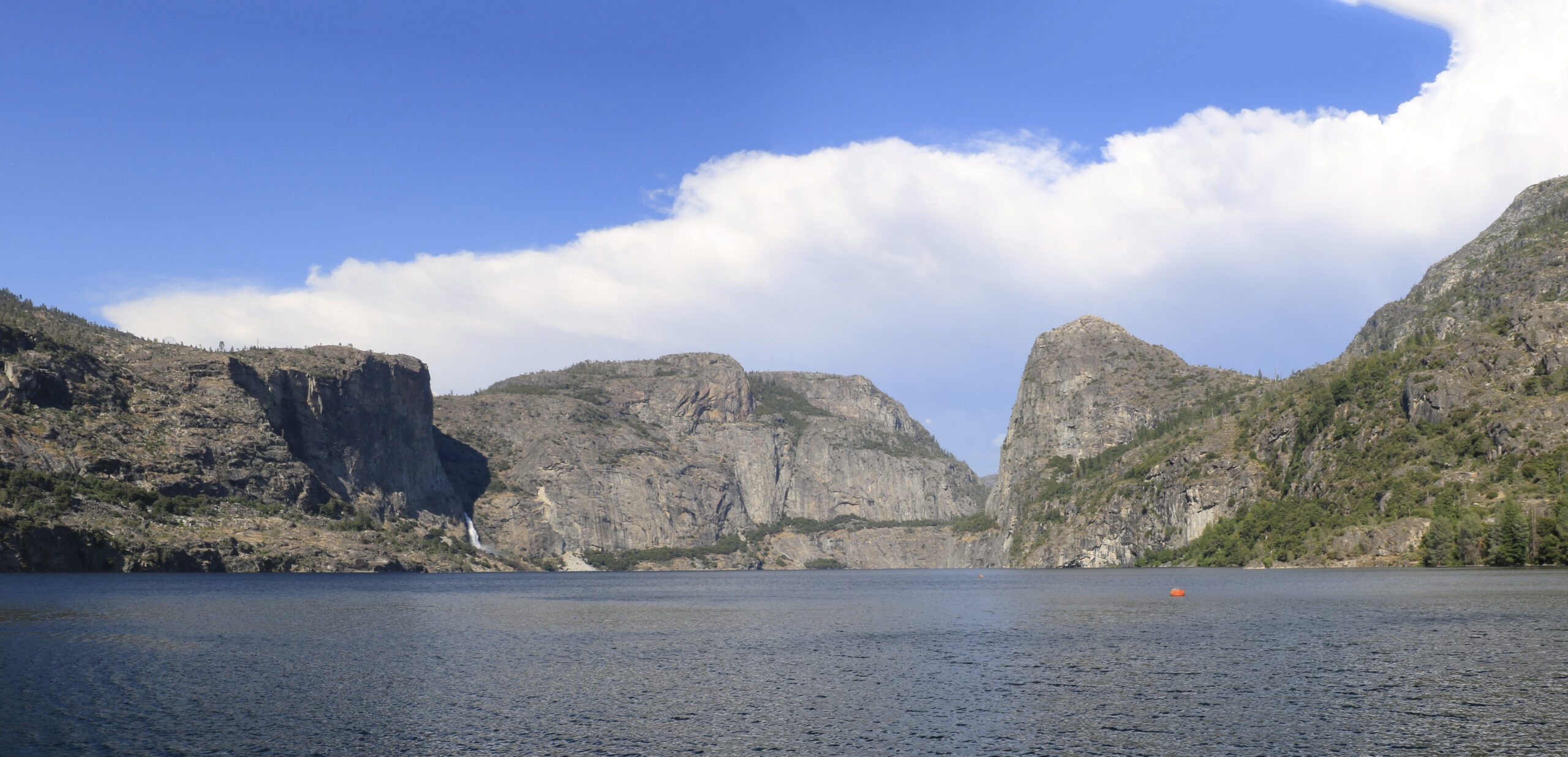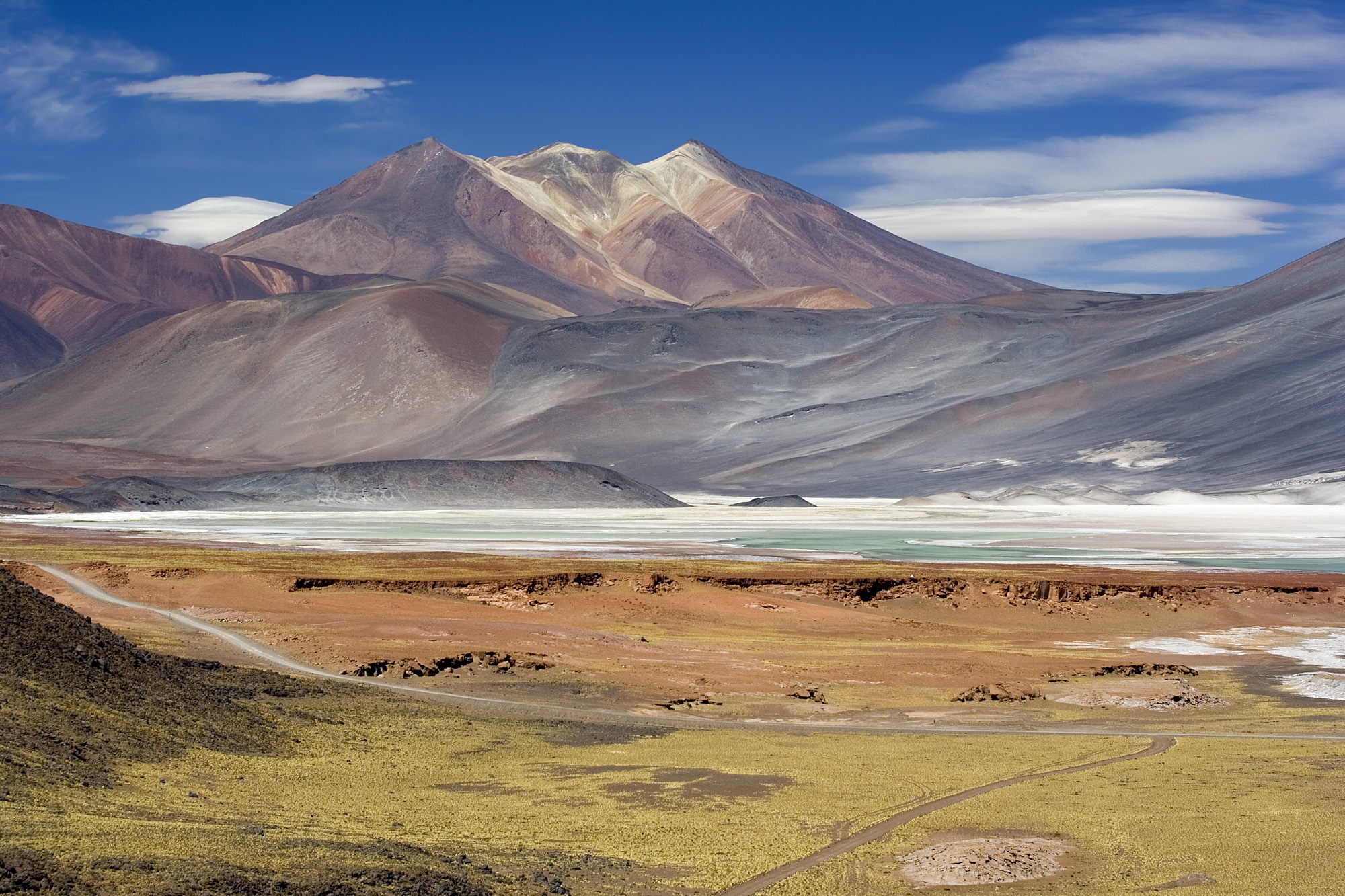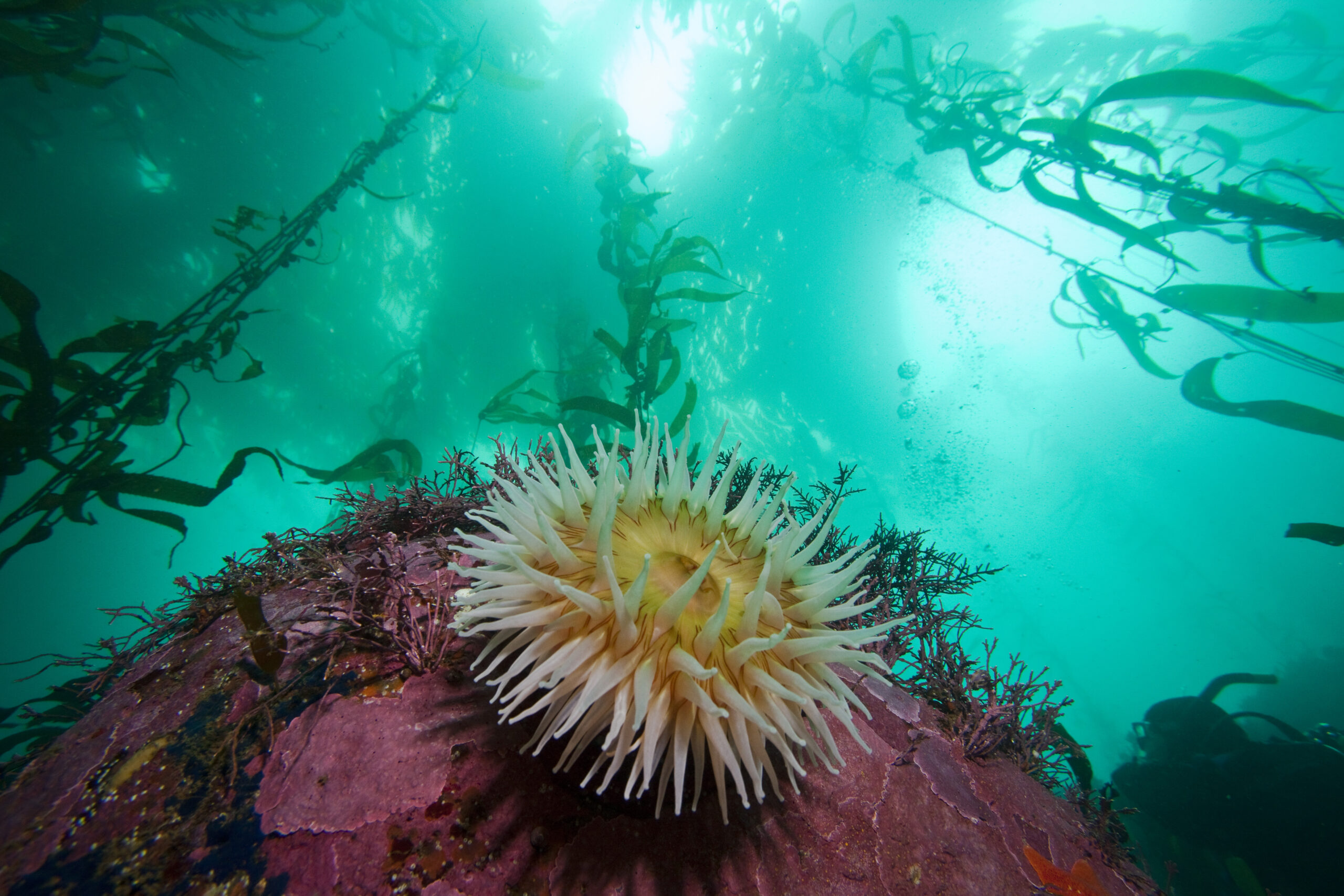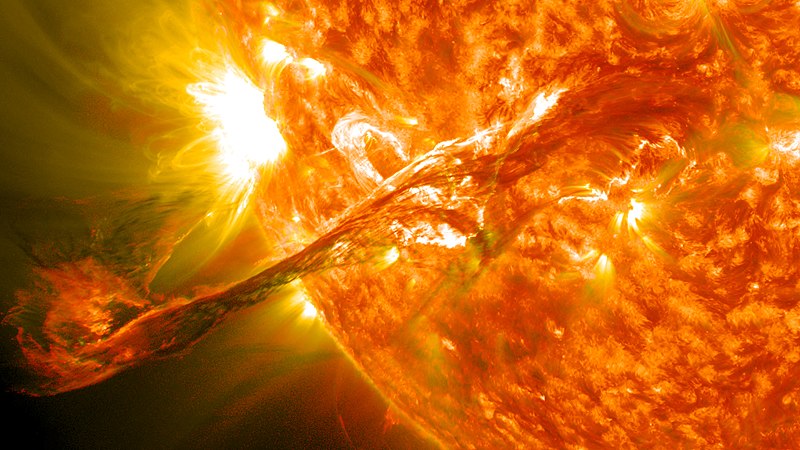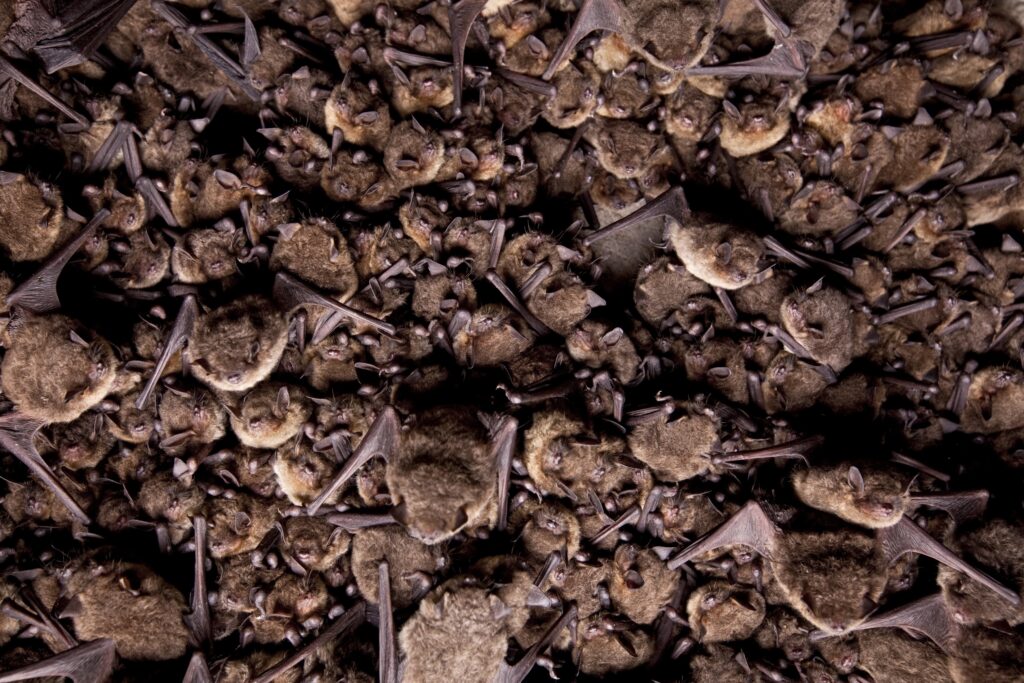
Bat guano can record local fire history, a new Geophysical Research Letters study finds. Bats collect charcoal on their bodies when foraging in burned areas, and later ingest it when grooming. Credit: USFWS/Alvarez Photography
AGU News
AGU24 press registration
Press registration for AGU’s Annual Meeting is open! AGU24 will be held in Washington, D.C. from 9-13 December. Complimentary registration is available for journalists, journalism students, press officers, and institutional writers covering the meeting. Discounted housing is available through 11 November. [register here][eligibility][AGU24 press center][hotel information]
Featured Research
Bat feces record fire history
Fires are recorded in an unlikely medium: bat feces. New research analyzed bat guano cores from a limestone cave in Tennessee and found that charcoal preserved in the guano, ingested by bats foraging in burned areas, accurately recorded local fire history from the 1950s to present. The researchers were also able to distinguish between human-caused and natural fires recorded in the guano. [Geophysical Research Letters study]
Hazards research focuses on areas with wealth, not risk
Research on floods, droughts and landslides focuses disproportionately on wealthy countries, as opposed to countries with the highest risk from those hazards, reflecting a “wealth over woe” bias, according to a new study. Less work tends to be done in low-income, high-population areas — even those known to have higher hazards. [Earth’s Future study] [Potsdam press release]
Dusty clouds keep the Arctic cooler
Dust may play an important role in Arctic cloud formation and Arctic surface temperatures. New research finds that dust aerosols can push clouds into the ice phase, cooling the underlying land more than clouds in the liquid phase. That cooling effect intensifies as the dustiness of the clouds increases. [Geophysical Research Letters study]
Madrid’s urban heat islands expected to grow
Urban heat stress is expected to increase as the climate warms. A new study identified already-vulnerable areas in Madrid, Spain, using factors such as population age, education status and socioeconomic status, and found that those areas will expand in the future. [Earth’s Future study]
Stratospheric aerosol injections could alter wind power
Stratospheric aerosol injections are a geoengineering technique that could lower global temperatures, but also cause unintended consequences. New research finds that while the global potential for wind renewable energy would be largely unaffected by stratospheric aerosol injections, regional trends could increase or decrease by up to 12% worldwide. [Earth’s Future study]
Machine learning could improve extreme weather warnings
A deep learning technique could reduce the error in 10-day weather forecasts by more than 90%, allowing communities to better prepare for extreme events such as heat waves. [Eos research spotlight] [Geophysical Research Letters study]
New details emerge about a very old eruption and flood
One of the most dramatic volcanic eruptions in history occurred more than 1,000 years ago at Changbaishan, on the border of China and North Korea. In a new study, scientists dig into the catastrophic flood that followed the eruption, aiming to better predict modern risks if such an eruption occurred again. [Eos research spotlight] [Water Resources Research study]
###

